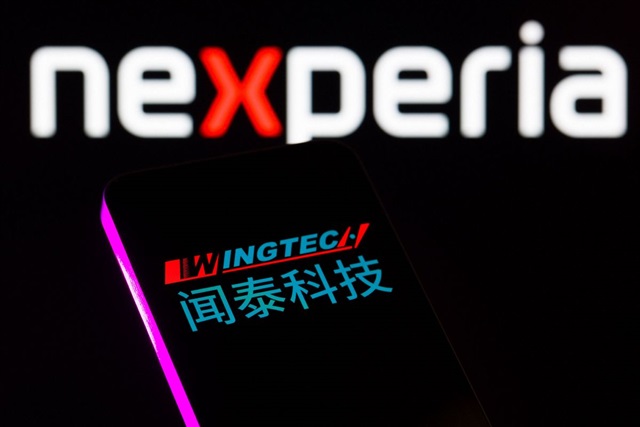Line go, a leading Mobility as a Service (MaaS) platform in Taiwan, has integrated seven key transportation services into a single digital ecosystem, now serving over 4.8 million users nationwide. The company recently obtained dual international ISO certifications for information security and privacy protection as it rapidly expands its service offerings and technological capabilities.
On the evening of December 19, Yulon Motor Co. and Foxtron Vehicle Technologies jointly announced a strategic transaction aimed at consolidating Taiwan's electric vehicle ecosystem.
As competitive pressures in China's domestic auto market continue to intensify, Chinese carmakers are rapidly upgrading their overseas expansion strategies. What was once a straightforward export business—selling vehicles abroad—has evolved into what industry executives describe as "Go Global 2.0": a coordinated effort to export entire industrial systems and ecosystems, not just finished products.
China Motor (CMC), Taiwan's leading commercial vehicle manufacturer, officially delivered its first batch of 30 self-developed 3.5-ton electric trucks, the ET35, to HCT Logistics on December 18.
Hotai Motor Co. plans to invest approximately NT$10 billion (US$317 million) in Japan's commercial vehicle market, marking its first international expansion. The company will acquire an 80% stake in five Hino Motors Ltd. subsidiaries, pending regulatory approval. The deal is expected to close in April 2026.
China's push to dominate the future of intelligent transport reached a milestone this week as the Ministry of Industry and Information Technology (MIIT) granted its first approvals for the mass production of "Level 3" (L3) autonomous vehicles.
At the recent "Human X Car X Home" partner conference, Xiaomi's MiMo model team leader Luo Fuli introduced the open-source MiMo-V2-Flash model, designed to boost agent execution capabilities as foundational technology within Xiaomi's interconnected device ecosystem.
China-based battery equipment maker CHR Hangko is actively expanding its production base in South Korea, aiming to deepen its presence in the local rechargeable battery supply chain amid growing advances of Chinese firms into battery equipment sectors.
Taiwan-based component supplier Sixxon Tech reported broad-based revenue growth across all product lines in the first three quarters of 2025 and outlined an expansion-driven strategy for 2026, emphasizing industrial, medical, and energy-related applications as it works to reduce long-term reliance on automotive demand.
Based on estimates from third-party market research firms, small- and medium-sized panel maker HannStar Display stated that the 2026 panel market is expected to be relatively stable, with annual growth of around 2–3% and no major fluctuations. However, recent sharp increases in memory prices and tight supply have crowded out resources across the broader electronics industry, which could further affect panel demand, especially in notebooks and smartphones.
Automotive-grade thin-film resistor maker Viking Tech held an in-person investor conference, where VP Shun-he Li reported that demand for ultra-low-resistance alloy resistors continues to increase. The company has recently secured a major order from China's second-largest on-board charger (OBC) supplier. The order volume is expected to contribute around NT$60-70 million (approx. US$1.9-2.2 million) in revenue, with gross margins higher than those of general resistor products. With this contribution, the share of automotive electronics revenue in 2026 is expected to rise from the current 53% to 55-57%, remaining the company's largest revenue segment.
More coverage



